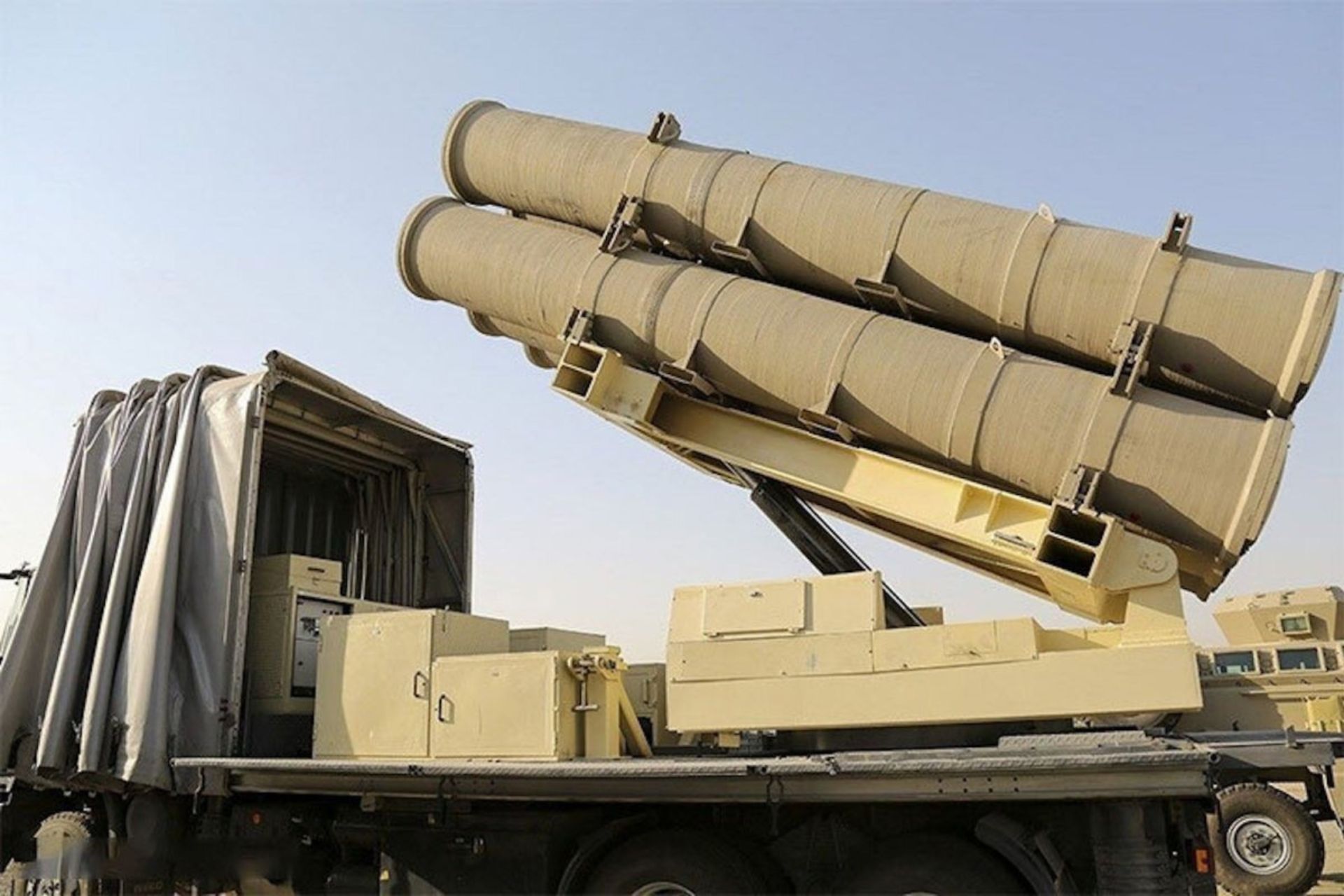Breaking News
Iran Set to Supply Ballistic Missiles to Russia: New Escalation in Ukrainian Conflict.
As Iran prepares to supply ballistic missiles to Russia, a move that could happen "within days," concerns are growing among Ukraine's allies, some of whom have yet to fulfill promises made at the NATO summit in Washington last July. This potential delivery, reported by Bloomberg on September 2, 2024, could mark a new escalation in the Ukrainian conflict and prompt a swift response from Kyiv's allies.
Follow Army Recognition on Google News at this link

In August 2024, Reuters reported that Iran is preparing to deliver hundreds of Fath-360 ballistic missiles to Russia for use in Ukraine, citing European intelligence sources. (Picture source: Mashregh News)
Iran has already supplied Russia with military equipment, including Shahed-136/131 drones, which have been used in strikes against energy infrastructure and civilians in Ukraine. However, the prospect of delivering ballistic missiles, which have higher speed and payload capacity than cruise missiles or drones, is raising greater concerns, especially with winter approaching.
The Shahed-136 drone, developed by Iran, is a "kamikaze" or loitering munition drone designed for long-range strikes against strategic targets. With a range of several hundred kilometers, this drone can carry a significant explosive payload, often between 30 and 50 kilograms. The Shahed-136 is designed to fly at low altitudes, making it difficult to detect by radar and air defense systems. Its guidance system, while simple, is precise enough to hit fixed targets, such as critical infrastructure or military positions. Due to its low production cost, the Shahed-136 is used in large numbers, allowing for the saturation of enemy defenses and increasing the chances of successful attacks.
The development of Shahed-136 drones by Iran has also taken on an international dimension, with production now occurring in Russian enterprises. This cooperation allows Moscow to directly benefit from Iranian expertise in drone technology while reducing its reliance on direct arms imports. Russian facilities have been established to assemble these drones with both local and imported components, thereby increasing production capacity and enabling faster deployment on the Ukrainian battlefield. This partnership not only strengthens military ties between Iran and Russia but also enhances Russia's ability to conduct prolonged operations against Ukraine, maintaining constant pressure on Ukrainian infrastructure.
Iran's new president, Masoud Pezeshkian, has reaffirmed the strategic ties between Tehran and Moscow, calling Russia a "valued strategic neighbor and ally," underscoring his administration's commitment to deepening relations with the Kremlin. Although the specific details regarding the type, quantity, and timeline of missile deliveries remain unclear, an anonymous official suggested to Bloomberg that shipments could begin soon.

Production of Shahed-136 drones in Russia. (Picture source: Russian Media)
In response to this threat, the United States and other NATO allies have issued multiple warnings to Tehran, pursuing diplomatic efforts to prevent the transfer. However, if Iran proceeds with the delivery of these ballistic missiles, it may face further sanctions from Western nations. Given the already severe sanctions in place against Tehran, the effectiveness of such measures remains uncertain.
Sanctions imposed by the G7 on Iran and North Korea for their military support to Russia, along with efforts to tighten restrictions on companies in China and elsewhere that supply Russia with components needed for weapons manufacturing, have not prevented the continuation of these transfers. Moreover, Russia's war economy has demonstrated the ability to produce missiles and ammunition at a pace that often outstrips the capacity of Ukraine's allies to supply weapons.
The recent attack on Kyiv, carried out with Russian-made Iskander-M missiles and North Korean KN-23 models, highlights Moscow's growing reliance on foreign military aid, including from Iran. Ukrainian President Volodymyr Zelensky continues to urge Ukraine's allies to increase arms deliveries and lift restrictions on deep strikes into Russian territory, arguing that such attacks are necessary to target airfields and launchers used against Ukrainian cities and infrastructure.
In August, Reuters reported that Iran is preparing to deliver hundreds of Fath-360 ballistic missiles to Russia for use in Ukraine, citing European intelligence sources. In response to this military support, the European Union extended sanctions against Iran in July until July 27, 2025, targeting 12 individuals and nine entities involved in military support to Russia and backing armed groups in the Middle East, with asset freezes and travel bans.
The Fath-360 ballistic missile is a short-range missile developed by Iran, designed to deliver precise strikes against strategic military targets. With a range of about 80 to 100 kilometers, the Fath-360 can carry a substantial explosive payload, often several hundred kilograms, making it effective against heavily fortified targets. It is equipped with advanced guidance systems that allow it to maintain high accuracy even at maximum range.
This new military alliance between Iran and Russia in the context of the war in Ukraine raises questions about the effectiveness of international sanctions in curbing the rise of Russian military capabilities, as promises made by some of Ukraine's allies at the NATO summit remain unfulfilled.

The Fath-360 ballistic missile is a short-range missile developed by Iran, designed to deliver precise strikes against strategic military targets (Picture source: Mashregh News)


























